Sea wrecks of the Adriatic Sea "in the palm of your hand"
It is enough to put the goggles on your head, start the application with the joystick and load the scenario you want to dive: the French destroyer DAGUE, the steamship "Tihani" and the torpedo boat "Golešnica 91-76T"...
In a short period of one year, we have built the capacity to independently continue to digitize the underwater cultural heritage and present it to the public through the latest technologies, says underwater archaeologist Darko Kovačević.
Lovers of underwater heritage, those who are not proficient in diving skills, have the opportunity to choose a guided tour or a tour for free, exploratory diving in the Room for Virtual Reality at the Maritime Faculty of Montenegro in Kotor and to "dive" getting to know a part of the history stored in the depths of the Montenegrin seabed. With the help of virtual reality glasses, they have the opportunity to "dive" into the depths of six locations from Montenegro, six from Croatia and six from Bosnia and Herzegovina.
When the user puts the goggles on his head, he starts the application with the help of the joystick and loads the scenario he wants to dive. So now the French destroyer DAGUE, the steamship "Tihani" and the torpedo boat "Golešnica 91-76T" can be seen through VR-glasses, while the ancient site in Uvala Bigovica, a wreck from the 16th century at Cape Kabala and the Supermarine Spitfire MkIX Trop can be experienced through video and photos.
Three localities each from Croatia, Bosnia and Herzegovina are also treated in virtual reality, while three more are available in video and photo presentation and can be viewed, except at the Maritime Faculty in Kotor and in the Croatian Maritime Museum in Split and in the "Brodari" building in Mostar, Trg Prvog Maja no. 3.
Among the locations in Bosnia and Herzegovina in the VR regime are the Archaeological Site "Desilo", the Military Arsenal and the Sunken Village "Kopčići", while the Karst spring "Crno vrelo", the Karst spring "Crno oko" and the Austro-Hungarian Bridge are presented through photos and video.
The locations shown in VR in Croatia are: Ancient Shipwreck - Šćedro, Torpedo Boat S-57 and Stuka JU87, while photos and video show B-24 Tulsamerican, Ancient Shipwreck - Sutivan and Steamship Dubrovnik.
Learn more about these attractive locations at: https://wrecks4all.com
Under the project WRECKS4ALL (Wrecks for All), underwater archaeologist Darko Kovačević designed a program for Montenegro, carried out photogrammetric 3D recording (digitalization) of wrecks and production of 3D models. Developers of the company Studio Lasso from Podgorica put those models into virtual reality, created an application, with which they made the underwater treasures of Montenegro available to everyone.
-We were guided by the idea of best illuminating all periods of underwater cultural heritage, represented on the seabed of the water area of Montenegro - we have an ancient site - Uvala Bigovica near Bar, an anchorage with amphorae with several shipwrecks from the 4th century BC, until almost modern times, one anchorage continuity. It has long been a cultural asset, a protected zone in the sea.
Then there's the 16th-century wreck off Cape Cabala, an early modern site that bears witness to trade between Venice and the Ottoman Empire, and also the legendary DAG, a French destroyer sunk in World War I off Bar accompanying an English ship " Whitehead" delivered aid to the population and the army of Montenegro.
The ship hit an Austro-Hungarian mine and then sank there, not far from the port. His story is very exciting. We also chose the English plane "Spitfire", whose wreckage sank between Kumbor and Herceg Novi in the Second World War during the bombing of German positions in 1944 in Boka, then the steamship "Tihani", which was also in that region, perished in the First World War, because he ran aground on his way back from Bar, where he was transporting coal to Bok. Trying to avoid a minefield, he went too close to the shore and ran aground, was scuttled, but still sank right under Mamula Island.
There is also the torpedo boat "Golešnica 91-76T", which survived all the wars at the beginning of the 20th century and was sunk during Yugoslavia in a naval exercise, although it was extremely active and its remains lie not far from the bay of Žanjica, explains Kovačević. In addition to the mentioned, reserve locations were processed: SS Oreste, SMS Zenta, Steamship Srebreno, Steamship Karola, Destroyer Husar, Higgins 78 and Patrol Ship, but they have not yet entered the application.
The "Dague" wreck from the First World War is located near Cape Volujica, near the reservoir, at a depth of 16-18 meters.
Destroyer Dag (French: Dague) is the most famous shipwreck in Montenegro. The attractive remains of her shipwreck, in addition to their historical context, have gained publicity through diving tourism. Dag is the most popular location for diving in the lake's waters, which annually records hundreds of visits.
The French destroyers Doug and Folex accompanied the English steamer Whitehead, which in February 1915 brought a load of food aid to the port of Bar for the local population and the army of Montenegro. Protecting the transport, the destroyers remained at anchorage. On February 24, strong winds caused the destroyer Dag's anchor to move on the seabed. Three hundred meters from the Topolica villa, Dag ran into an Austro-Hungarian mine. The damage to the bottom of the ship was fatal. The engine room filled with water, which caused the entire ship to rise. The bow was the first to disappear below the surface and soon the entire ship sank, taking with it the lives of 39 crew members. The rest were saved by swimming to the breakwater or crossing over to Folex, who soon came over to help.
State of the site: The wreck of the destroyer Dag lay on the seabed of the port's waters for more than half a century until the expansion project of the Port of Bar in 1973. Then it was cut into several parts that were moved under Volujica in the immediate vicinity of the harbor reservoirs, while the remains of the fallen crew members were partially exhumed. The remains of the wreck lie on the sandy bottom at a maximum depth of 18 meters. All three parts of the wreck relatively close to each other. Although quite ruined by natural and human influences, you can still see interesting structures and objects such as cannon shells and ammunition, remains of the command bridge and turbines.
The torpedo boat 76T (Golešnica 91) from the First and Second World War is located near Žanjica at a depth of 35 meters.
The shipwreck near Cape Kabala from the 16th century is located at a depth of 29-31 meters.
Strong trade ties between Venice and the Ottoman Empire in the 16th century led to frequent maritime traffic along the Dalmatian coast. The ships that sailed to Istanbul on the way back carried as cargo exotic, often luxurious, products intended for European courts and wealthier households. This is evidenced by the discoveries of several remains of Venetian trading ships with cargo of Ottoman provenance, such as the Gnalić and Sveti Pavlo in the Croatian undersea.
In the late 16th century, near Cape Kabala, opposite Herceg Novi, a ship belonging to the Venetian fleet sank. Documents in the Venetian archives bear witness to the shipwreck. The remains of the ship's structure, ship's equipment, cargo and weapons lie at a depth of 29 to 31 meters. Parts of the wooden ship structure protrude slightly above the seabed. According to preliminary observations, one side of the hull was preserved, covered with sediment and remains of cargo, parts of the ship's structure and equipment.
An important part of the cargo was dishes packed in wooden crates made of Iznik ceramic, which, due to its exotic blue geometric and floral decoration, was very popular in Europe at that time. This pottery was distributed from the Adriatic ports to the European continent. Numerous items of majolica-type shipware and kitchen equipment of Venetian origin, as well as dishes made of brass, pewter and glass, were also identified. The site is adorned with large anchors that typologically correspond to the anchors of the Gnalić wreck in Croatia, one of which was illegally removed and is located in the yard of a villa in Herceg Novi. Four cannons with a ribbed surface were also found. Scattered parts of the ship's structure, equipment and cargo can be found in the vicinity of the site.
The wreckage of an English Supermarine Spitfire MK IX Trop from World War II is located off Cape Kabal at a depth of 32 meters.
On March 7, 1944, a Supermarine Spitfire MK IX Trop plane crashed into the sea in an uncontrolled fall not far from Cape Kabala in Boka Kotorska. As a result of the impact on the sea surface, it broke into several parts. Today, his remains lie scattered on the sandy seabed at a depth of 32 m. The position of this extremely unique locality in the Montenegrin sea is on a waterway, which in the season does not allow its sufficient valorization through diving tourism.
The Supermarine Spitfire aircraft has been developed since 1935 in Supermarine's UK factories. A Rolls Royce Merlin C-PV-12 engine was installed in the prototype K 5054, from which the Spitfire would later be born. The first Spitfire was unveiled in 1936 at the Royal Airforce (RAF) Hendon Exhibition. At the dawn of World War II, RAF units began to be supplied with the Mark I model. In the first years of the war, the RAF kept the Spitfire for the defense of Great Britain, and only in 1942 did the first planes fly to Malta, which was exposed to attacks by German bombers. The new Spitfire IX reconnaissance model that took part in the raids on Sicily proved so successful that it evolved into several versions. As many as fourteen RAF groups used these aircraft. They also joined allied air forces such as the USA, the Czech Republic, Poland, Belgium, Norway, France and Yugoslavia.
Supermarine Spitfire IX Trop, the wreckage of which lies off Cape Kabala, was hit by anti-aircraft defenses from Kumbor during an attack on the Boktor Bay hydrobase. Leaving a trail of thick black smoke behind him, he continued his flight towards Prevlaca. Near Ross, it began to sink and crashed near Cape Cabala. The pilot jumped out of the plane and parachuted into the sea, where he was found by German ships, captured and taken to Zelenika.
Wreckage condition: The most prominent part is the Rolls Royce Merlin engine around which there are parts of sheet metal. Not far from the engine is one wing as well as the rear part, that is, the tail of the plane with the direction and height rudder where the wheel with the rear landing gear is located. The central part of the plane with the cockpit and the remains of the electrical and hydraulic installation is located in the immediate vicinity.
Source: Boka News
Cover Photo : divemontenegro.com
Photos: Darkpo Kovačević
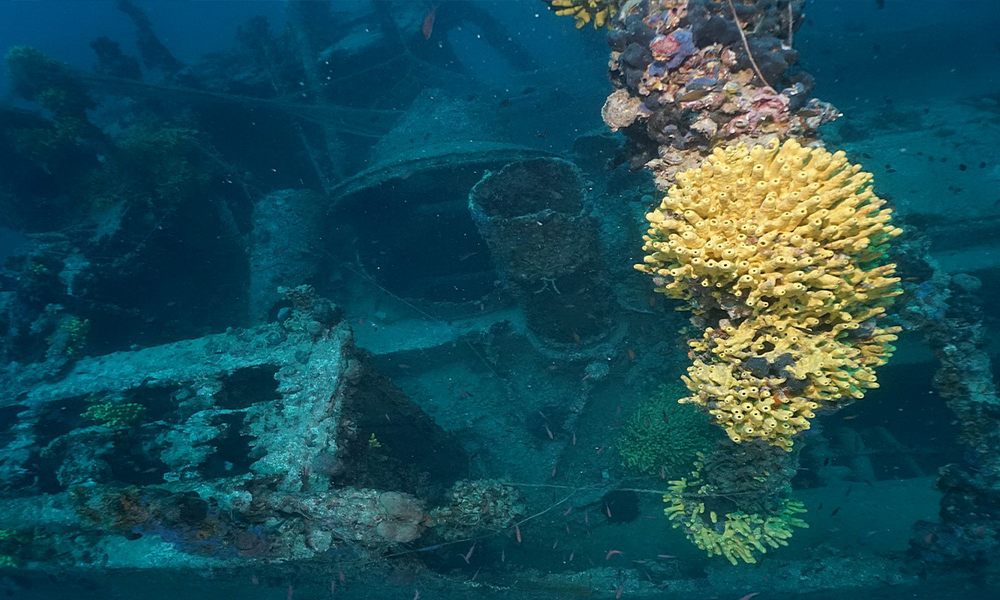
Stories from the underwater world: SS TIHANI - The most attractive wreck of the Bay of Kotor - Blog
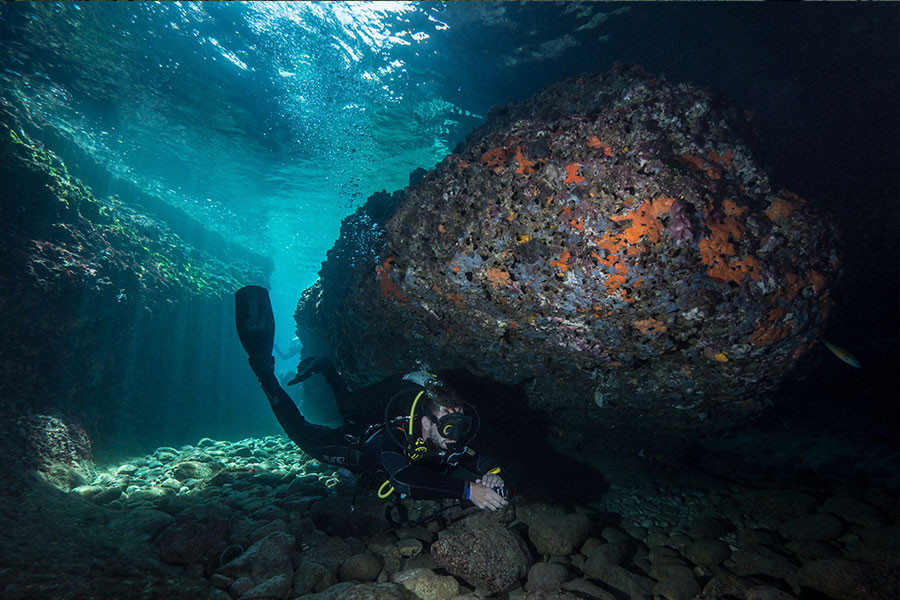
The best locations for diving in Montenegro - Blog
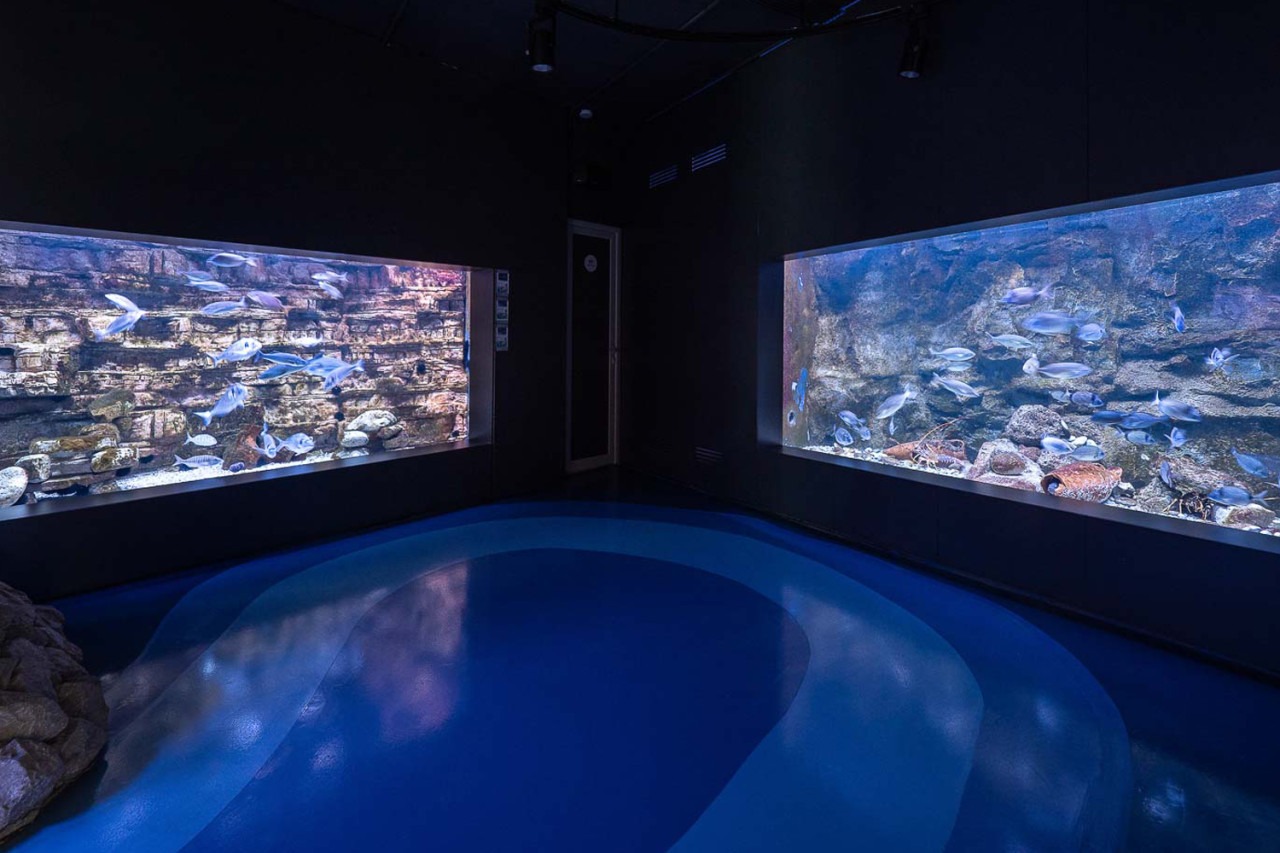
The most beautiful part of our sea at your fingertips - Blog

THE TOP 10 Montenegro Tours & Excursions in 2023
When you subscribe to the blog, we will send you an e-mail when there are new updates on the site so you wouldn't miss them.
About us
We are Montenegro guide service. We will try to be excellent hosts and guides in answering everything you are interested in while you are on vacation in Montenegro.
Info & Contact
Dast Web Solutions SIA
Āraišu iela 27-6,
Riga LV-1039
info@dastweb.me
Guides
Local informatios
News and Events
Transport informations
Places and stories
Restaurants and bars
Services
Accommodation
Air Tickets
Rent a car
Rent a Yacht
Excursions




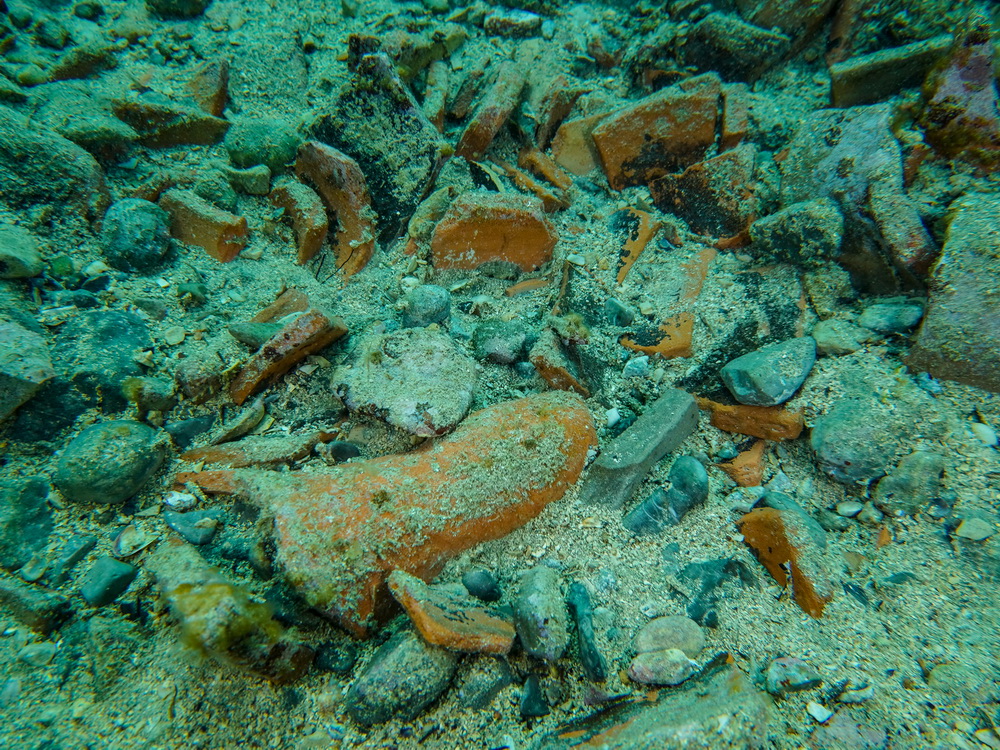
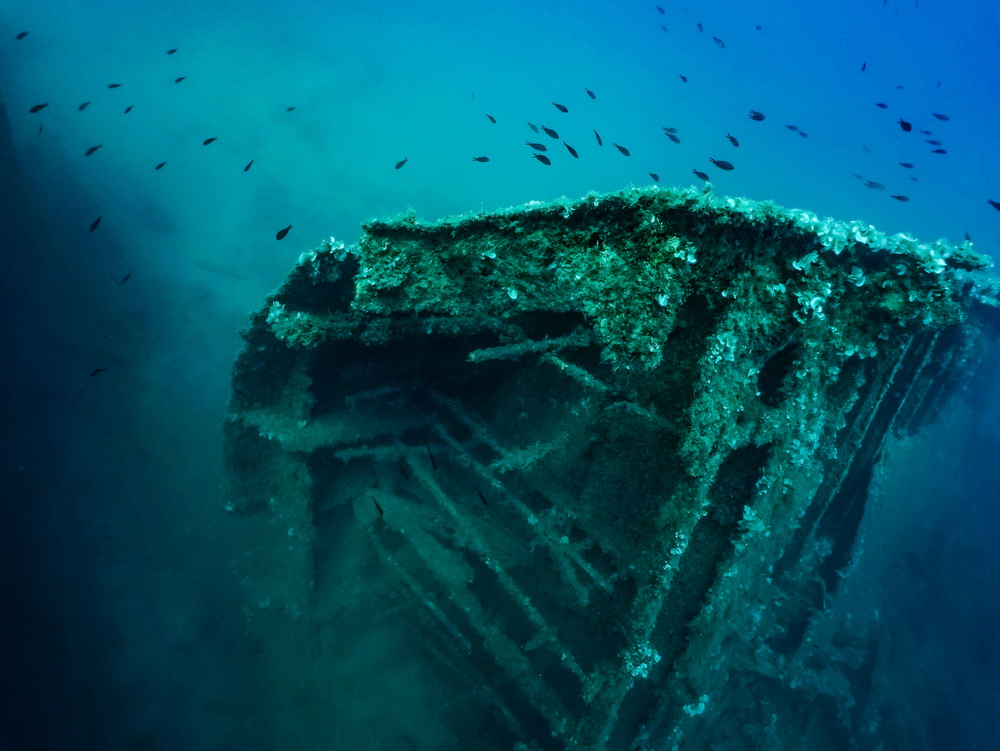
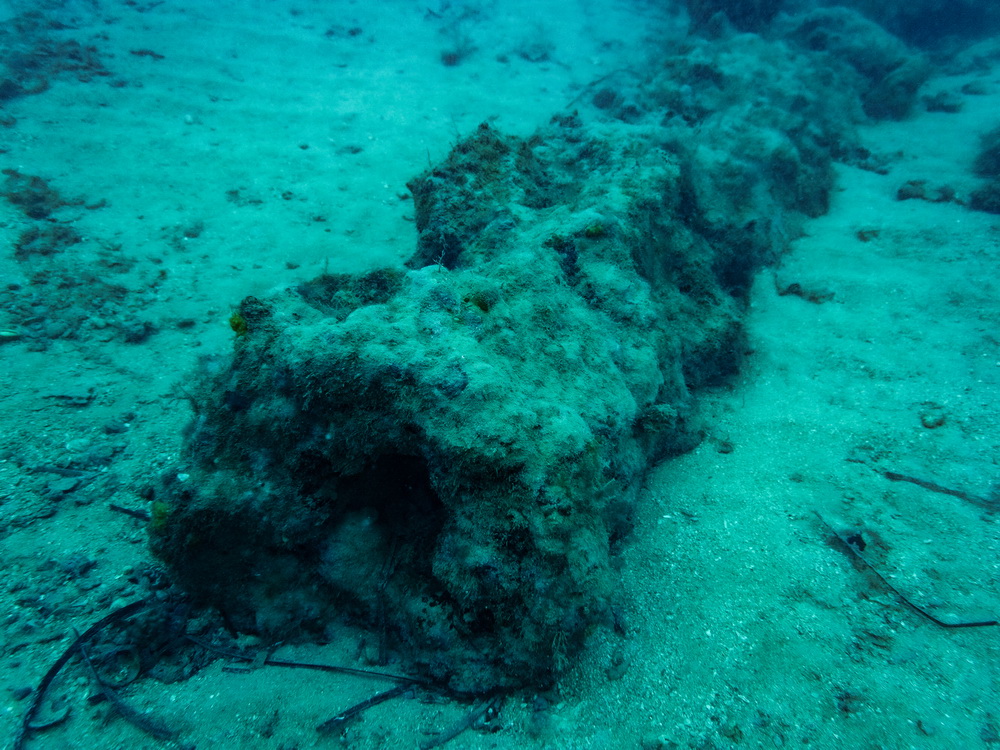


Comments